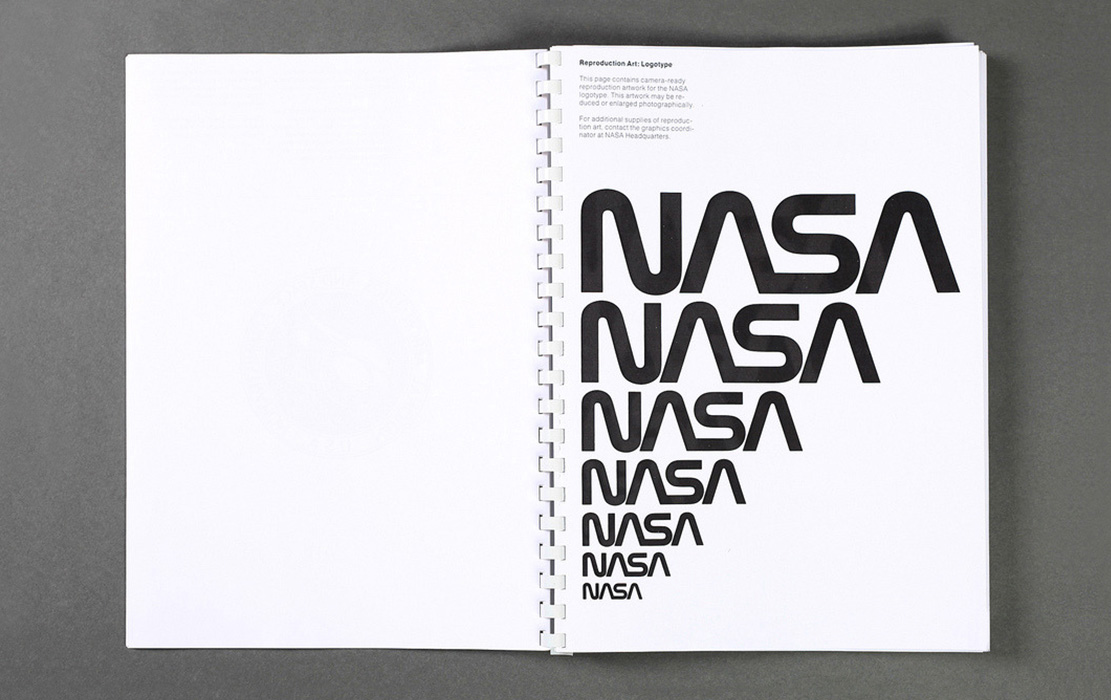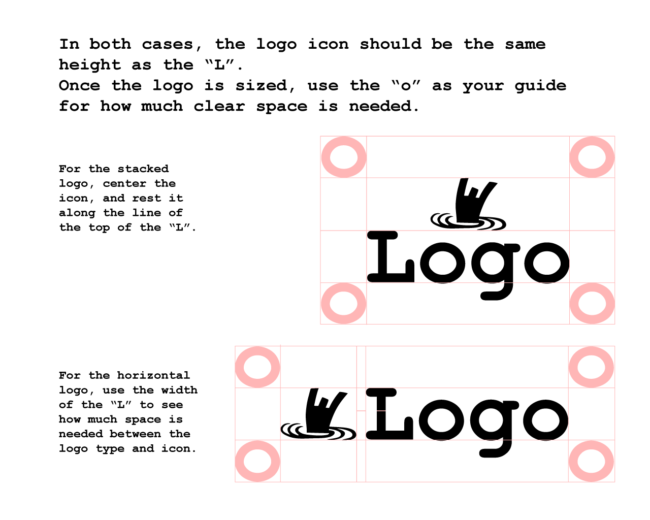
Why brand identity?
Having brand guidelines, or a style guide is important for quite a few reasons:
It establishes the voice of your company and keeps branding brand consistent through different types of marketing. This will lead your audience towards trusting your brand because it has a consistent voice. A well-defined brand’s identity ensures a cohesive and professional image that enhances perceived value.
There’s no mixup on colors or typefaces. This could be considered the most important since it’s so easy to notice, it can be embarrassing if there’s a mixup.
It saves a ton of time. When you work with a new designer, in-house or outsourced, the time saved when they have a brand guide to reference instead of having to research your brand is invaluable. Maintaining a consistent brand tone through these guidelines also ensures that the choice of words aligns with the brand’s values and personality.
What are brand guidelines?
Alright, so you’ve realized what an important role brand guidelines plays in your company, let’s talk about some absolute basics of what should be in it to keep your brand identity consistent.
Brand colors. You should have your primary colors, and accent colors if you have them. Be sure to specify which ones are the primary colors. It’s not enough to just have the color in the style guide, you should list the HEX code and the RGB code. This guarantees that there won’t be a silly mix up.
Fonts. If your brand only uses one font, great! But make sure to explain if certain styles are only to be used in certain cases, like using bold only for headlines, and italics only for captions. If you have more than one font you use in your brand, you’ll have to explain the correct uses for each one.
Logo. This is probably the most important thing, if you can’t have a brand guide, then at the very least you need to have restrictions on how your logo can be used. An example of what this could look like is below. It shows a simple logo that can be used in two different orientations, but also gives no room for error in sizing.
Outside of sizing, it is also a good plan to figure out a one color logo even if your primary design is multiple colors. This makes it far easier if your logo is to be used in cases where you can only print in one color. You can also specify all the colors that you don’t want your logo to be. Just another way to control the perception of your company for your audience. Consistent logo usage helps maintain the quality and integrity of your brand’s image.
So those are the basics for starting a set of brand guidelines, but there’s a ton more things you can put into them. If you’re primarily a web presence, you can explain how all links and should look on your website, or that all photos should have a special treatment, like a duotone or a color overlay.
Basically, the possibilities are endless, it just depends on how deep you want to get, and how consistent you want your branding to be.
If you want some inspiration, or examples of good brand guidelines check out these:

What are Brand Style Guides?
Brand guidelines, also known as brand style guides, are a set of rules and standards that define the visual and tonal identity of a brand. They provide a framework for creating consistent marketing materials, ensuring that all elements of the brand’s identity, such as logos, colors, typography, and tone of voice, are used correctly and consistently across all platforms. By establishing clear brand guidelines, businesses can maintain a strong and recognizable brand identity, build trust with their target audience, and differentiate themselves from competitors.
Benefits of Brand Guidelines
Implementing brand guidelines offers numerous benefits, including:
- Consistency: Brand guidelines ensure that all marketing materials, from business cards to website design, convey a consistent message and visual identity.
- Recognition: A consistent brand identity helps to build recognition and awareness among the target audience, making it easier for customers to remember and engage with the brand.
- Efficiency: Brand guidelines save time and resources by providing a clear framework for creating marketing materials, reducing the need for repeated design decisions and approvals.
- Professionalism: Well-defined brand guidelines demonstrate a commitment to quality and professionalism, enhancing the brand’s reputation and credibility.
- Scalability: As a business grows, brand guidelines ensure that the brand’s identity remains consistent, even as new marketing channels and materials are introduced.
Key Elements of Brand Guidelines
Effective brand guidelines typically include the following key elements:
- Brand Identity: A clear definition of the brand’s mission, values, and personality.
- Visual Identity: Guidelines for the use of logos, colors, typography, and imagery.
- Tone of Voice: A description of the brand’s tone and language, including the words and phrases used to communicate with the target audience.
- Brand Assets: A collection of approved brand assets, such as logos, icons, and imagery.
- Usage Guidelines: Rules for the use of brand elements, including minimum size requirements, clear space, and color usage.
Creating a Consistent Brand Identity
Creating a consistent brand identity requires a thoughtful and intentional approach. Here are some steps to follow:
- Define Your Brand’s Mission, Values, and Personality: Clearly articulate what your brand stands for and what it aims to achieve.
- Develop a Unique Visual Identity: Create distinctive logos, colors, and typography that reflect your brand’s personality.
- Establish a Tone of Voice: Develop a tone of voice that aligns with your brand’s values and resonates with your target audience.
- Create a Set of Brand Guidelines: Document the rules and standards for using brand elements to ensure consistency.
- Ensure Consistency Across All Marketing Materials: Apply the brand guidelines to all marketing materials, from business cards to website design, to maintain a cohesive brand identity.
Establishing Brand Guidelines
Establishing brand guidelines involves several key steps:
- Define the Scope: Determine the types of marketing materials and channels that will be covered by the brand guidelines.
- Identify Key Elements: Outline the essential components of the brand’s identity, including logos, colors, typography, and tone of voice.
- Develop Rules and Standards: Create a comprehensive set of rules and standards for the use of brand elements.
- Create a Style Guide: Develop a detailed style guide that visually represents the brand’s identity.
- Distribute to Stakeholders: Share the brand guidelines with all relevant stakeholders, including employees, partners, and vendors, to ensure consistent application.
Best Practices for Brand Guidelines
Here are some best practices for creating and implementing effective brand guidelines:
- Accessibility: Make the brand guidelines easily accessible to all stakeholders.
- Clarity and Conciseness: Ensure that the brand guidelines are clear, concise, and easy to understand.
- Visual Examples: Use visual examples to illustrate the correct use of brand elements.
- Regular Updates: Establish a process for updating and revising the brand guidelines as needed.
- Training and Support: Provide training and support to ensure that all stakeholders understand and can apply the brand guidelines correctly.


